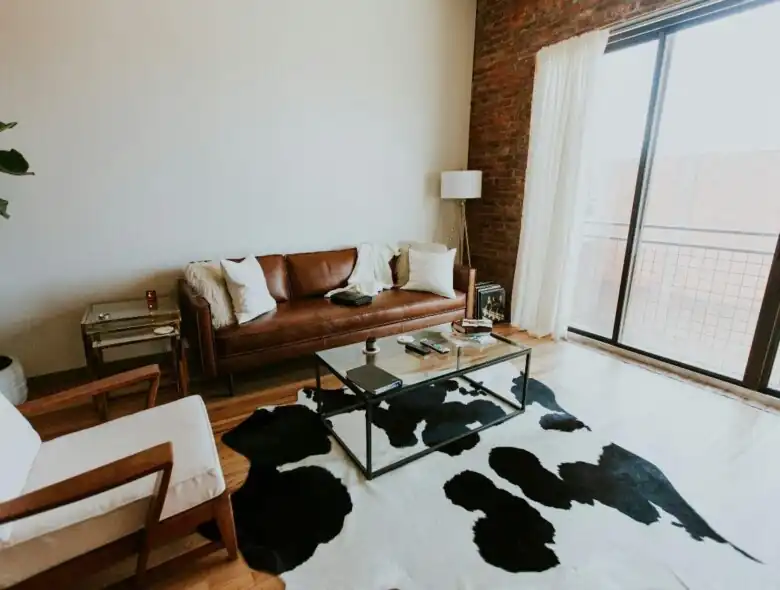When searching for a property, search criteria include the floor plan, rent, and surrounding housing environment. Which criteria are important will vary from person to person, but some people may prefer a room facing south.
On real estate websites, you’ll see “south-facing” as a common search filter. So why are south-facing rooms so popular?
This time, we will discuss the pros and cons of a south-facing home; is it the best? Please use this as a guide to decide whether a south-facing home is best for your lifestyle.
Do south-facing homes get more sunlight?

At Japan’s latitudes, even in midsummer, the sun always follows an orbit tilted to the south instead of passing directly overhead. Therefore, light shines in at any time, and the daylight hours are long and sunny throughout the year.
However, a property can still be listed as “south-facing” but has a tall building across the street. So, it’s important to check the property information as well as the surrounding environment when viewing homes.
You need to be concerned with whether your house faces south due to Japan’s climate. Most areas of Japan have a temperate climate with seasonal variations.
Temperatures and precipitation differ greatly depending on the season; for instance, summers are hot and humid, with mold growth a longtime concern. So, accounting for Japan’s particular climate, homes that face south and emphasize ventilation and sunlight are preferred.
Pro: Laundry dries easily
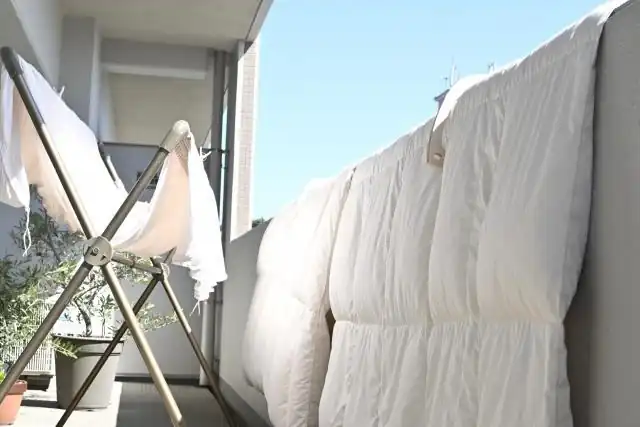
Balconies in a south-facing room are sunny and allow laundry to dry easily. On a nice day, if you hang your clothes or large bath towels to dry in the morning, they may be dry by the afternoon! This also benefits people who do their laundry on their days off and families who do a lot daily.
Pro: Easily adjust room temperature and save on electricity costs
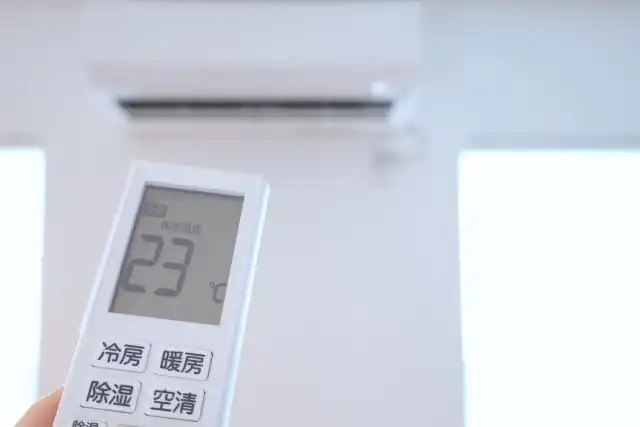
A home facing south is surprisingly cool in the summer and warm in the winter. In the summer, the sun is higher in south-facing rooms, making the rooms brighter but cooler due to the shade. In the winter, the sun is lower, allowing more direct sunlight, and making it warmer.
That said, direct sunlight still enters those rooms in the summer, so you must be careful to keep the room temperature from rising. For example, when the sun is shining in the summer, it is a good idea to use thermal insulated curtains or blinds to block the sun.
According to Mitsubishi Estate Group’s environmentally-friendly subsidiary company, MEC eco LIFE, the electricity bill for air conditioner usage (approx. three months) is 3,500 yen if facing east, 2,600 yen facing west, and 2,400 yen facing south. Compared to east-facing homes, you’ll save 3,300 yen over three months!
Furthermore, the average electricity bill for heating use (approx. 5 months) is 3,900 yen if facing east, 4,300 yen facing west, and 3,400 yen facing south—which is 4,500 yen cheaper than west-facing! If you compare it monthly, there isn’t much of a difference. Still, if you consider it annually, you’ll save just under 10,000 yen, making a south-facing home a better deal.
Reference: Mitsubishi’s “MEC eco LIFE”
Pro: Mold growth is difficult
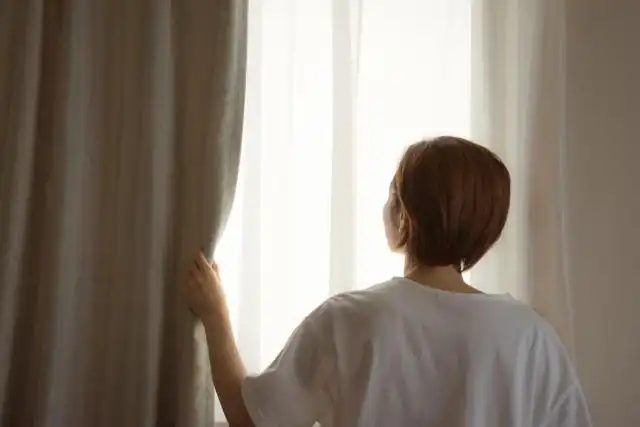
In south-facing homes with large windows or balconies, the ventilation and lower humidity create an environment where mold is less likely to grow.
Mold needs three things to grow: humidity, temperature, and nutrient sources such as dust or dirt. Staying in a mold-infested space for a long time can lead to health problems like allergies and asthma. Moreover, if you allow mold to grow, your home’s wood and wallpaper may deteriorate.
It should be noted that mold can grow even in south-facing homes if you don’t open the windows and ventilate the rooms. The key to preventing mold from growing is to clean a lot and keep an eye on ventilation. Mold grows more quickly when the humidity is over 70%, so be proactive about opening the windows on sunny days to ventilate the room.
Con: South-facing rooms are popular, so there are fewer vacancies
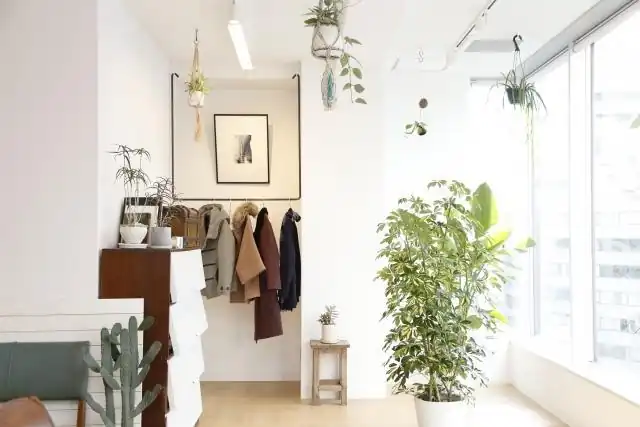
South-facing rooms are popular, so there are few vacancies, and even if they do become available, they will be filled quickly. If you want a room facing south, start looking for a room 1 to 3 months in advance.
Suppose you are often away from home during the day due to work or school. In that case, you can expand your options by considering properties in other directions.
East-facing homes are the second most popular after south-facing rooms. A room facing east, where the morning sun shines, is recommended for people who don’t like getting up in the morning. They don’t get much sun from noon, but if you’re not at home during the day, this shouldn’t be a problem.
Rooms facing west do not receive much sunlight in the morning or afternoon. So, choose them if you work night shifts or want to sleep in the morning. Also, in a west-facing room, laundry will dry easily even if you hang it from noon. Furthermore, in winter, the warmth from the day will remain in the evening. However, the heat tends to be harsh in the summer, so you should take measures like blackout or heat-blocking curtains.
Many tend to think that north-facing rooms are cold and don’t get much sunlight, but they are relatively cool in the summer and don’t get as much sunlight as south-facing rooms. Also, if you have large windows, it’ll allow for some natural light throughout the day. If there are no particularly tall apartments nearby (and there is nothing to block the sunlight), then you can enjoy a sufficiently bright environment even in a north-facing room.
Con: Furniture and flooring can become sun damaged
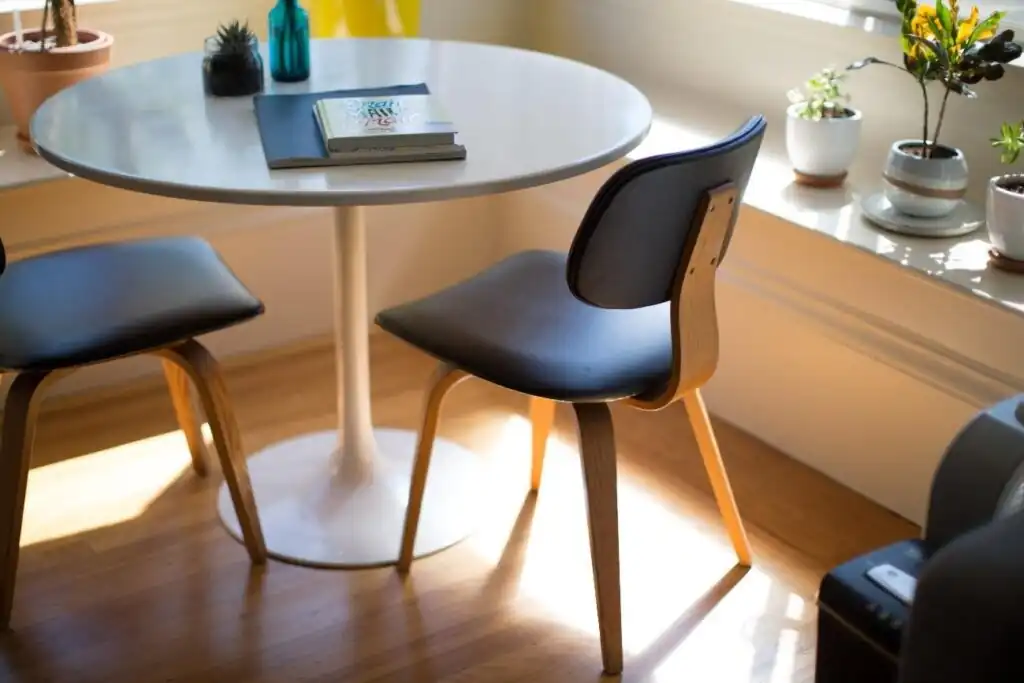
A sunny room facing south receives sunlight throughout the day, making furniture and flooring more susceptible to UV damage. This applies not only to south-facing rooms but also to west-facing rooms where the sun shines from noon to early evening.
When furniture and flooring become discolored, it doesn’t look nice and can degrade in quality. Wooden furniture may crack, plastic products may become less durable due to sun exposure, and more likely to break with usage.
To fix this, you can prevent sun damage by installing lace curtains with UV light filtering or putting UV-blocking film on windows. Another step would be to apply UV coating to windows and furniture. You can purchase film-like products for sticking on windows at home improvement stores or online shops, with prices ranging from 1,000 to 3,000 per sheet.
One inexpensive way to prevent sun damage is to keep furniture as far away from windows as possible. If this is difficult, rearrange your furniture frequently so the sun doesn’t hit the same spots.
People most suited for south-facing homes

South-facing rooms are suitable for people who are home most of the day. These homes benefit people working from home or families with small children who can fully enjoy the sunshine.
On the other hand, if you are away from home much during the day, you may not feel the benefits of a south-facing home. They do not receive morning sunlight, so if you live a lifestyle where you go out early in the morning and return at night, there is no need to worry about having one.
South-facing rooms are also suitable for people who like gardening as generally, plants need sunlight. If your balcony faces south, you can enjoy gardening with the ideal environment for plants. Likewise, if you are growing houseplants indoors, you can grow them worry-free, as they will receive plenty of sunlight throughout the day.
Village House has over 1,000 properties in 47 prefectures nationwide, starting from the 20,000 yen range. If you are searching for a sunny property facing south, please contact Village House.
Related articles:
- Should you Choose a Corner-Unit Apartment? Advantages, Disadvantages, and the Difference Between a Corner and a Middle Unit
- The Pros and Cons of Living in a Wooden Apartment Building – Are Steel and Concrete Buildings Really Better?
- Pros and Cons of Living on the Top Floor of an Apartment Building
- Looking for a New Home? Avoid These Apartment Floor Plans!


